The Facts of Filipino Food
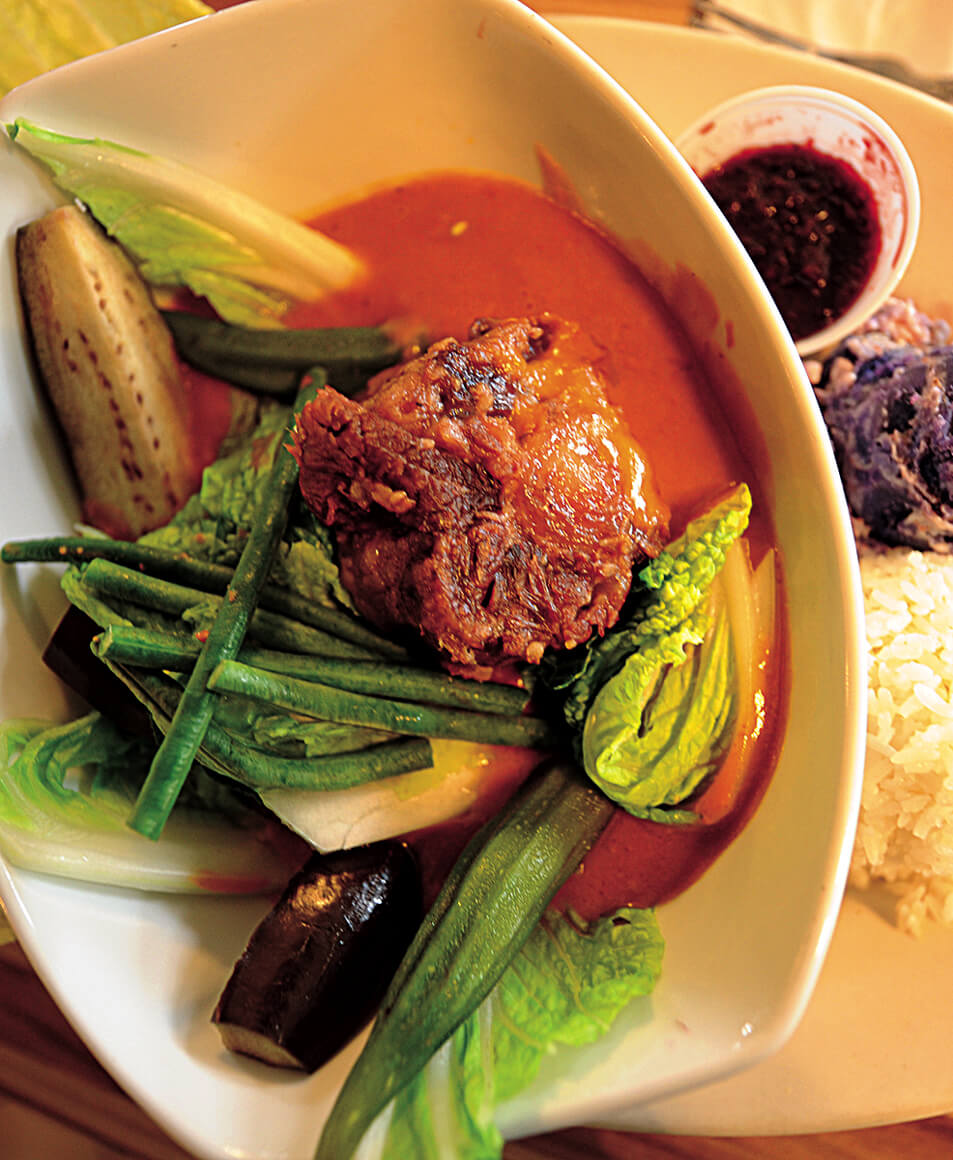
Photo: Lawrence Pascua

Filipino food has been described as a medley of Chinese, Malaysian, Spanish and American cuisine. This evolved as food was prepared by Malaysian settlers and infused with spices from Chinese settlers through commercial relations, taking place during the three hundred years of Spanish rule, and sprinkled with American influence.
Any party is not complete without the following five traditional dishes. Let’s learn about the nutritional facts about our favorite food, and how the nutrients are incorporated into our meal planning.
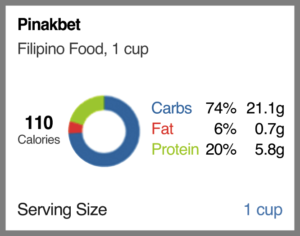
Pinakbet
Originating from the northern regions of the Philippines. Pinakbet means “shrunk” or “shriveled” in Ilocano. Staples in this dish are vegetables like bitter melon (ampalaya), eggplant, tomato, okra, string beans, chili peppers, parda, beans, and others. Root vegetables often included.
Various recipes will vary the nutritional content, here is a typical breakdown of a one cup serving according to MyFitnessPal.
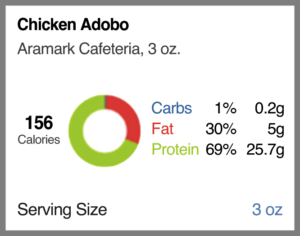
Chicken adobo
Adobo is a cooking method originating from mixed heritage where the meat is marinated and stewed. There are many regional varieties and most use vinegar, soy sauce, garlic, and black pepper. Filipino adobo is not to be confused with Spanish adobo, as they have very different flavors.
Here is the content of a 3 oz. serving of chicken adobo, according to MyFitnessPal.

Pancit
This staple dish is made of rice noodles pan-fried with chicken, pork, shrimp, cabbage and carrots.
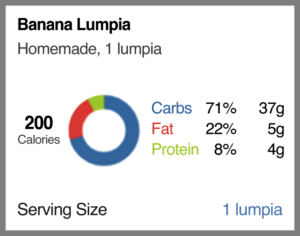
Lumpia
Lumpia, similar to spring rolls of Southeast Asia, are fried pastries that vary depending upon the version, containing banana, vegetables, or meats.
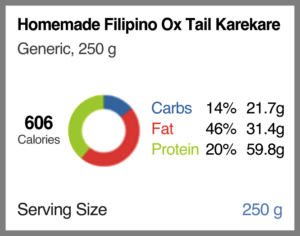
Kare-Kare
Any feast is not complete without Kare-Kare. It is a stew with a thick savory peanut sauce. A typical Filipino American version exclusively uses oxtail, though other meats may be called for. Vegetables, such as eggplant, Chinese cabbage and greens, including root vegetables, such as daikon are added. Flavored with roasted peanuts or peanut butter, onions and garlic are used and this is thickened with rice.
These five dishes are just a tip of the iceberg of Filipino cuisine. They can be easily incorporated in a healthy lifestyle with the additional knowledge of the carbohydrates, fat, and protein content of these dishes. The goals for a typical adult would be 40% carbs/40% protein/20% fat.
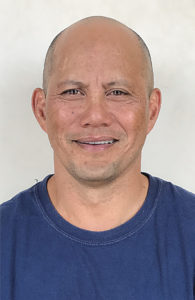
Mangan Tayon!
Sources:
https://www.aboutfilipinofood.com/
https://en.wikipedia.org/wiki/Pinakbet
https://www.thespruce.com/filipino-adobo-1328775
www.allrecipes.com
https://en.wikipedia.org/wiki/Kare-kare
